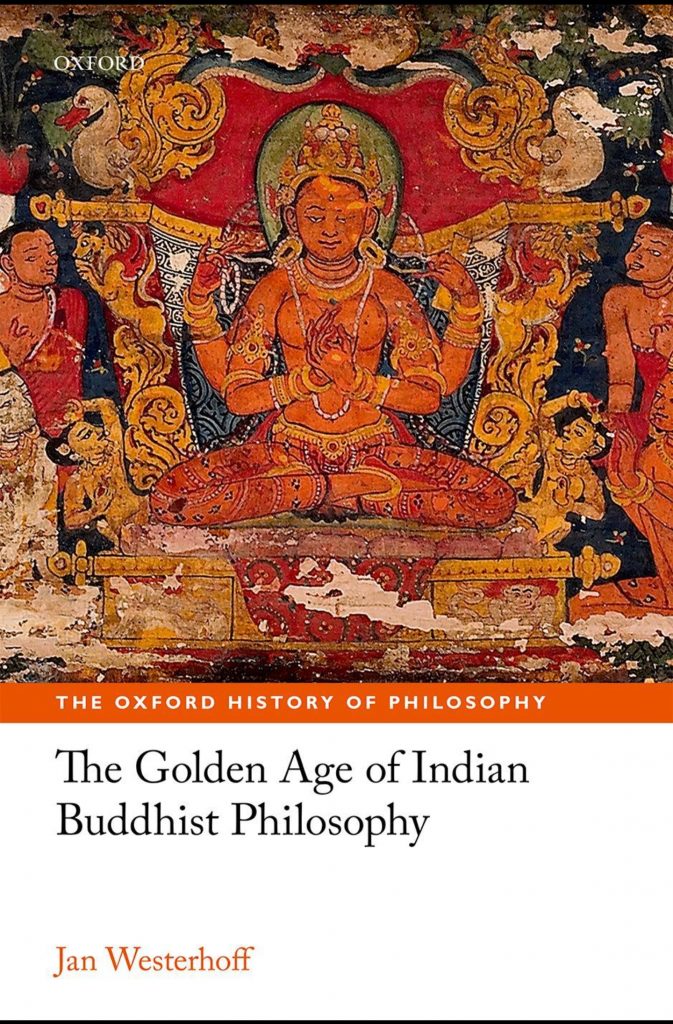
扬·韦斯特霍夫(Jan Westerhoff) 指出,在印度佛教哲学的黄金时期,不同观点之间的批判和交流,例如中观派(Madhyamaka)的激进怀疑论与唯识派(Yogācara)的唯心主义,拓展了哲学思考的视野。以龙树(Nāgārjuna)为代表的中观派,质疑自性(svabhāva)的观念,认为现象缺乏独立、不变的本质,而是由相互关系所定义。这种“空”(śūnyatā)的概念重构了传统的形而上学观点,表明现实是一个缘起网络,而非孤立的实体。与此同时,唯识派(有时也称为“唯心派”)则强调意识的首要地位,主张我们所认为的外部世界实际上是心理过程所构造。
Jan Westerhoff notes internal critiques and exchanges between differing views—such as Madhyamaka’s radical skepticism and Yogācara’s idealism—expanded the horizons of philosophical thought during the golden age of Indian Buddhist philosophy. Madhyamaka, most notably articulated by Nāgārjuna, questioned the idea of inherent existence (svabhāva). They argued that phenomena lack an independent, unchanging essence and are instead defined by their interrelationships. This notion of emptiness (śūnyatā) reconfigured traditional metaphysical views, suggesting that reality is a network of dependent origination rather than isolated substances. Yogācara, sometimes known as the “mind-only” school, shifted focus toward the primacy of consciousness. It suggested that what we consider the external world is in fact a construct of mental processes
电子版代找请联系:yefei147852
电子版代找请联系:yefei147852

未经允许不得转载:我的生活分享 » 《The Golden Age of IndianBuddhist Philosophy》PDF+mobi+epub高清完整电子版

 《The Practical Guide to Large Language Models: Hands-On AI Applications with Hugging Face Transformers》PDF+mobi+epub高清完整电子版
《The Practical Guide to Large Language Models: Hands-On AI Applications with Hugging Face Transformers》PDF+mobi+epub高清完整电子版 《Invest like a Barbarian: Share in the Spoils of a Private Markets Revolution》PDF+mobi+epub高清完整电子版
《Invest like a Barbarian: Share in the Spoils of a Private Markets Revolution》PDF+mobi+epub高清完整电子版 《The Broken Rung: When the Career Ladder Breaks for Women–and How They Can Succeed in Spite of It》PDF+mobi+epub高清完整电子版
《The Broken Rung: When the Career Ladder Breaks for Women–and How They Can Succeed in Spite of It》PDF+mobi+epub高清完整电子版 《All In: The Pathway to Personal Growth and Professional Excellence》PDF+mobi+epub高清完整电子版
《All In: The Pathway to Personal Growth and Professional Excellence》PDF+mobi+epub高清完整电子版 《The Pain-Free Body: Simple Stretches and Exercises for Common Aches and Pains》PDF+mobi+epub高清完整电子版
《The Pain-Free Body: Simple Stretches and Exercises for Common Aches and Pains》PDF+mobi+epub高清完整电子版 《Caravans and Secrets: Unveiling the Silk Road’s Hidden Pathways》PDF+mobi+epub高清完整电子版
《Caravans and Secrets: Unveiling the Silk Road’s Hidden Pathways》PDF+mobi+epub高清完整电子版 《The Lost Papers of Confederate General John Bell Hood》PDF+mobi+epub高清完整电子版
《The Lost Papers of Confederate General John Bell Hood》PDF+mobi+epub高清完整电子版 《Social Network Analysis and Medieval History by Matthew Hammond (Arc Companions)》PDF+mobi+epub高清完整电子版
《Social Network Analysis and Medieval History by Matthew Hammond (Arc Companions)》PDF+mobi+epub高清完整电子版 《Home from Home: The history of an émigré Ukrainian community based in the heart of Yorkshire – Huddersfield, 1948-2018》PDF+mobi+epub高清完整电子版
《Home from Home: The history of an émigré Ukrainian community based in the heart of Yorkshire – Huddersfield, 1948-2018》PDF+mobi+epub高清完整电子版 《The Stolen Crown – Treachery, Deceit and the Death of the Tudor Dynasty》PDF+mobi+epub高清完整电子版
《The Stolen Crown – Treachery, Deceit and the Death of the Tudor Dynasty》PDF+mobi+epub高清完整电子版